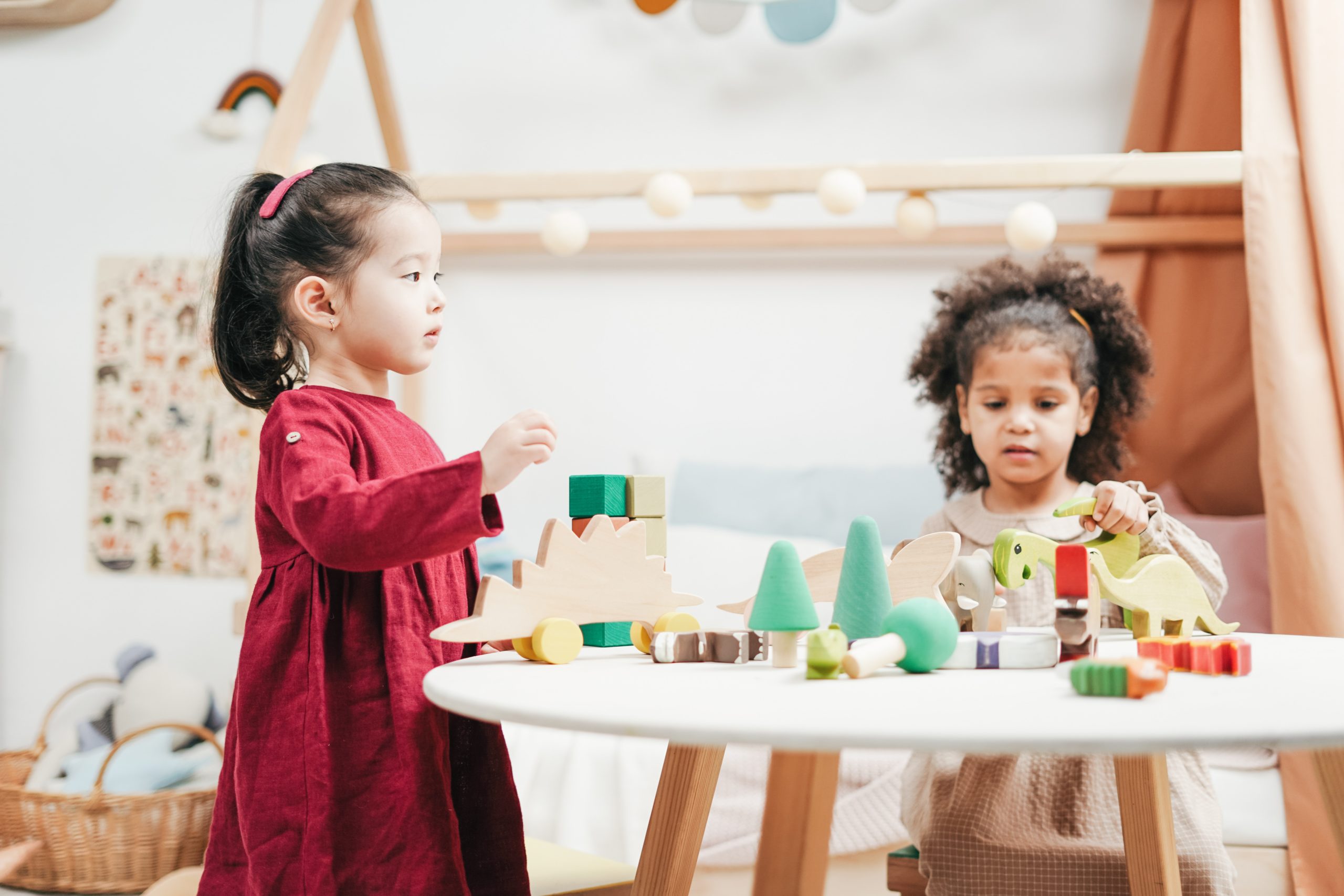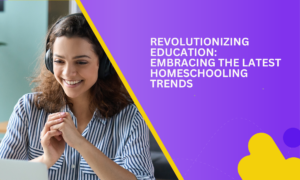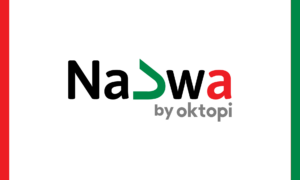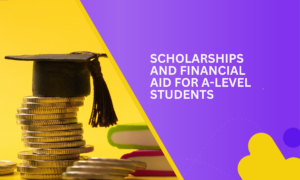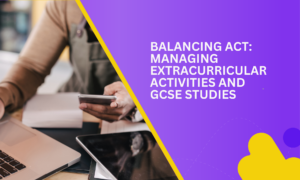The Reggio Emilia approach is an educational philosophy and pedagogy focused on preschool and primary education. This approach is a student-centered and self-guided curriculum that uses self-directed, experiential learning in relationship-driven environments. The program is based on the principles of respect, responsibility, and community through exploration, discovery, and play.
At the core of this philosophy is an assumption that children form their own personality during the early years of development and that they are endowed with “a hundred languages”, through which they can express their ideas. The aim of the Reggio approach is to teach children how to use these symbolic languages (e.g. painting, sculpting, drama) in everyday life.
The foundations of the Reggio Emilia approach
A fun fact is that Reggio Emilia is not the name of the founder of this pedagogy, but of a city! Since 1963, the nurseries and nursery schools in the city of Reggio Emilia, Italy, reflect an eclectic and scientific thought: that of Loris Malaguzzi, teacher, pedagogue and psychologist, who was very familiar with scientific research and various educational experiments.
Reggio Emilia’s educational approach emphasizes co-education, the coordination of professionals from different structures, the inclusion of all children, the importance of aesthetics in spaces and workshops, equality, participation, and democracy. The main idea is to start from a situation encountered in everyday life to develop scientific and artistic questions and experiments.
Reggio Emilia: Scientific and artistic experimentation at school
In the nurseries and nursery schools of Reggio Emilia, the educational action takes shape through the “progettazione”. It is a process of investigation and artistic expression that encourages accepting doubt, uncertainty, trial and error, and experimentation as educational resources. The child’s knowledge and skills are built through daily experiences and explorations which can take the form of projects. The “progettazione” is not a predefined method to be followed, but is process-driven and directed on a case-by-case basis.
The approach takes shape in a process of experimentation and questioning, during which children investigate various themes for long periods of time, in order to be able to stop, resume and move forward.
What sets Reggio Emilia apart from other alternative pedagogies?
Unlike the Montessori method, the Reggio Emilia approach doesn’t have an imposed curriculum or material. The child learns according to the opportunities encountered and/or provoked through the “progettazione”- [provide translation]
The pedagogical professional of Reggio Emilia, specialized in the management of educational services, have a great deal of autonomy. Children learn all the time and everywhere. There is real co-learning with all the participants: parents, educators, and learners. That way, children are active in the construction of their knowledge, because it passes above all through experimentation and observation, in particular through nature and the environment.
Adeline Charneau, the founder of the Pinsons Institute, one of the schools in France that follows the Reggio Emilia approach, tells this story to illustrate the way the approach works:
“One day, a robin came to peck some seeds in the garden of the institute. A child asked me what this bird was eating. From this question, we did some research together (I had made available books, photos, sounds, calls … without imposing any resources). Looking at the photos and comparing the pictures, the child realized it was a robin. The other children also wanted to see the robin. We built a sort of hut so that the bird would not be afraid of it and thus be able to observe it. The children kept asking questions: “You have to feed him for him to come! But what? Seeds? Fruits? And how? Do we have to make a bird feeder? In plastic? Inwood ? With a door? And with what tools? Then, at what height? What about the neighbor’s cat?” In short, we were making a feeder! This project lasted for several days. All the children were involved, they learned without my having to impose a predetermined schedule. I knew how to support them, where to find the right resources, the right information, find the right tools, or even bring back wood to make the feeder… I was only responding to their interests. A few months later, it was common for a child to call out to another and say, “Shhh! Look, our robin is here! ”
Benefits of the Reggio Emilia method
The Reggio pedagogy highly encourages the adults to trust the child and allow them to develop at their own pace, while surrounding and accompanying them so that they can question the world, nature and environment, and experiment with rational solutions adapted to emerging problems.
The purpose of this approach is solely the development of the child, their self-confidence, critical thinking, adaptability, acquisition of skills and ability to transfer knowledge.


